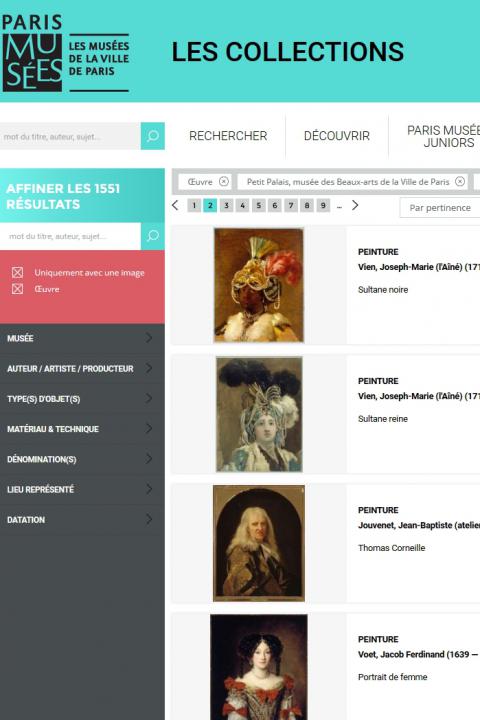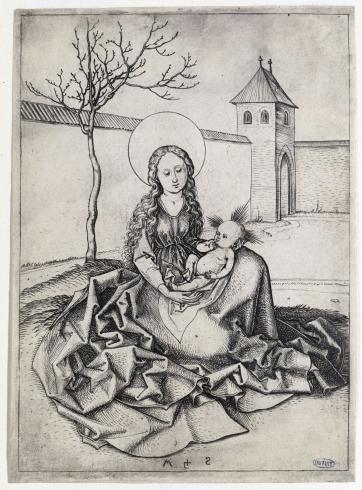Schongauer was born in 1450 in Colmar, a free Imperial city proudly situated in Haute-Alsace. His father, originally from Augsbourg, was a goldsmith and was naturally the young Martin’s first teacher. The art of engraving on copper had just been invented, around 1430, in goldsmiths’ workshops in the southern Rhineland, between the wealthy cities of Constance and Strasbourg.
It was Schongauer who gave this technique its reputation, and the artist is the earliest painter-engraver whose monogram today can be associated with a known identity and history. After his apprenticeship, Schongauer completed his tour as a journeyman, travelling along the Rhine as far as Cologne before reaching the Netherlands. This explains the two components of his art: the heritage of the “soft style” of the International Gothic period and the assimilation of the new realism promulgated by the great Flemish masters, Jan van Eyck and Rogier van der Weyden.
Schongauer had a strong influence both on his contemporaries and artists in the following generations, in particular Dürer.
The Madonna of humility seated on the ground is a product of 14th-century Italian art. A variant of the Madonna of tenderness, this theme had Dominican origins and was adopted by the Sienese school before spreading across Europe in the work of artists of the International Gothic period.
Schongauer’s Madonna is humbly seated on a grassy hummock, but the rich corolla of the folds of her dress fall around her like a majestic throne.
Traditionally, the tower, walled garden and courtyard are symbolic allusions to Mary’s virginity. Schongauer has made this calm and protected place a perfect backdrop for the group of Mother and Child. The position and gesture of the child Jesus lifting a finger to his mouth appears very natural, and he is carefully held by Mary who is gazing at him contemplatively.
For the first time in the history of Western engraving, the burin technique had been sufficiently mastered to beautifully create flowing lines and express volume and light.
In this courtyard, with its mysteriously silent emptiness, sits one of the most poetic Virgins in German art. She is slender and serious, and imbued with a supernatural grace which transforms her beyond the figurative composition of the lines.
S. R. de B.

City of Paris municipal collection's website
The collections portal can be used to search the collections of Paris’s 14 municipal museums (approximately 336,000 works, including 43,000 belonging to the Petit Palais).
It is also possible to download around 12,000 images of the museum’s works free of charge.
Access the Museums of the City of Paris collections portal
Extern databases
Discover a selection of databases online presenting works from the Petit Palais or documents concerning the history of the museum.

